
FEATURE Image: 124 Scottswood Road, Riverside, Illinois, 1871, by William LeBaron Jenney (1832-1907). There is a full description of this house in the post below.
Text & photographs by John P. Walsh.
INTRODUCTION.
The location of today’s Riverside, Illinois, has been an active and important historical area since before the 17th century. It was part of an active trading route and the center for Native American Indian settlements – The Green Bay, Barry Point, Portage Trails, and numerous smaller Indian trails, all passed through the area. It was only a couple of miles from the so-called Chicago Portage which connected Lake Michigan to the Mississippi River centuries prior to the building of the I&M Canal before 1850. French explorers Jacques Marquette and Louis Jolliet passed by Riverside in 1673 when they were shown the portage by Native Americans. The Chicago Portage is a National Historic Site because it opened the western continent to trade and settlement as well as became the key to the founding and development of Chicago, just 11 miles away.
Riverside was originally inhabited by the Illinois and Miami Indians. In the late 18th and early 19th centuries the Potawatomi became the dominant tribe together with the Chippewa and Ottawa and formed an alliance called the “Council of Three Fires.” These tribes lived on wild game and roots, but later adapted to farming, with fields of corn, beans, and squash.
During these many centuries, Indian burial grounds and encampments were located in Riverside on grounds besides the Des Plaines River and towards the east to today’s Fairbank Road.
The state of Illinois was founded in 1818. For the next 24 years, the Illinois volunteer army fought local native American tribes and forced them to sign treaties and migrate west of the Mississippi.
After the Indians were first forced off their land by treaty in the early 1800’s, brothers David and Barney Lawton (or Laughton) came to the area from Michigan and established an outpost in Riverside in 1827 or 1828. Into the 1840s Illinois was the edge of the wilderness. These fur traders chose the area for similar reasons that the Native Americans had – its proximity to the Chicago Portage and the convergence of established trails whose traffic made it conducive to a thriving trading business.
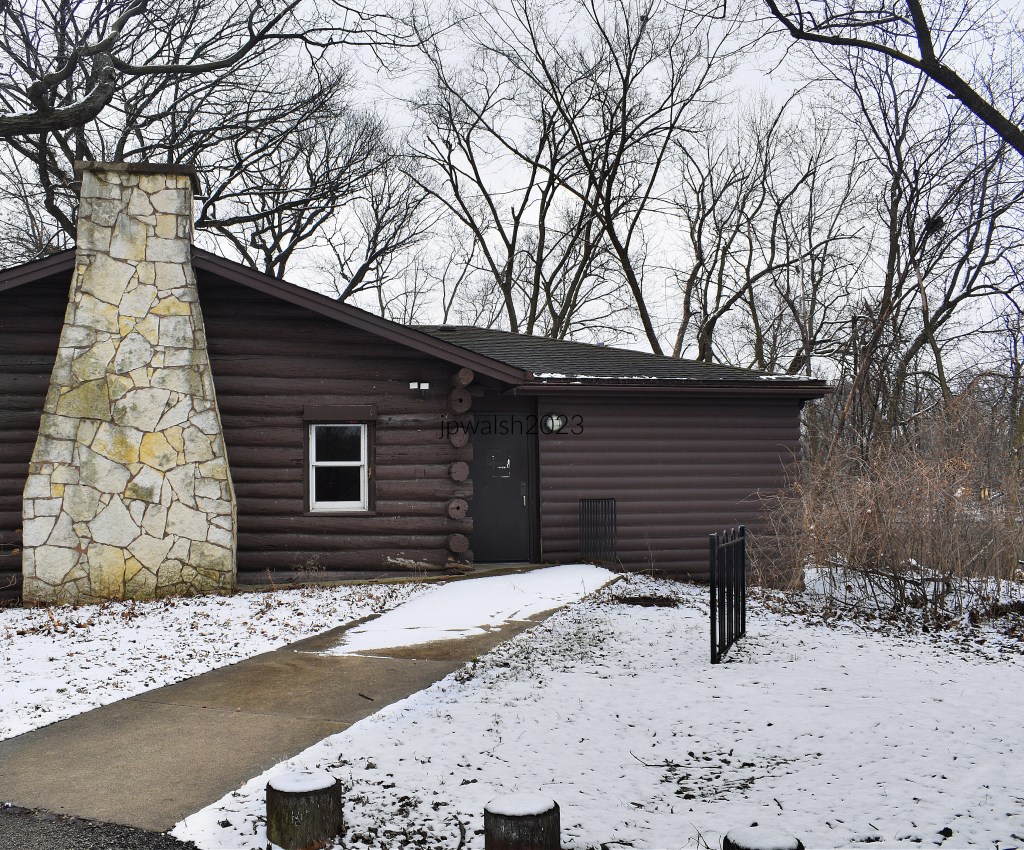
https://www.riverside.il.us/193/Scout-Cabin-Parks-Rental-information
In July 1832 the U.S. Government sent General Winfield Scott (1786-1866) to help with the Black Hawk War that started in April of that year and ended in August. That short war also involved a young 23-year-old captain from New Salem, Illinois, named Abraham Lincoln. Upon leaving Chicago, Scott and his army camped in Riverside along the Des Plaines River for several days and then marched further west. Scottswood Road, one of Riverside’s primary residential arteries, is named after the general.
In 1831, the first white permanent settlers came to Lawtons’ Tavern in Aux Plaines (the name for Riverside then) and settled in the first houses west of Chicago. Once Gen. Scott’s military campaign was over, he returned to Chicago and dispersed the volunteers. Federal law required the state to have a standing army, so the state legislature passed a law requiring counties to form militia. In 1834, Cook County formed the first militia when Stephen Forbes, Cook County’s first sheriff, called up volunteers to Laughton Tavern. Over 1000 enterprising men assembled in Riverside and elected Jean Baptiste Beaubien (1787-1864) the first colonel of the Cook County Militia.
The first stage of modern transit development was the Southwest Plank Road (later Route 66) completed from Chicago to Riverside in 1849. The road, called Ogden Avenue today, was eventually extended to Naperville, Illinois. It was operated as a toll road whose proceeds went to the private concerns that built it. Toll amounts depended on whether the traveler was a four-horse vehicle or a single horse and rider. Since its installation, the plank road has been a successful endeavor as it was the only road through areas that were often inaccessible.
Commercial enterprises in this period included additional taverns that offered lodging and board for travelers and their horses. There was also a brewery and distillery.

Riverside was mostly wooded tracts and farmland until the Civil War when the Chicago, Burlington & Quincy Railroad built a rail line through the area in 1863. With the rail a group of businessmen in 1869 formed the Riverside Improvement Company and set out to develop “a perfect village in a perfect setting.”
These Riverside businessmen hired landscape architects Frederick Law Olmsted (1822-1903) and Calvert Vaux (1824-1895), who had previously designed Manhattan’s Central Park, to design one of America’s first planned suburban communities. Their innovative plan set a template for suburban community planning such as curvilinear streets and modern amenities. Their vision was to design a mostly rural community with the conveniences of urban life such as utilities and broad streets. Whereas these curvilinear streets were utilized to fit an expansive community into limited open space it was also inspired by the community’s relationship to its natural environment, particularly the curves of the abutting Des Plaines River.


The design of Riverside included important public spaces including a central square and park system that contained several large parks and scores of small triangular parks scattered through the village.
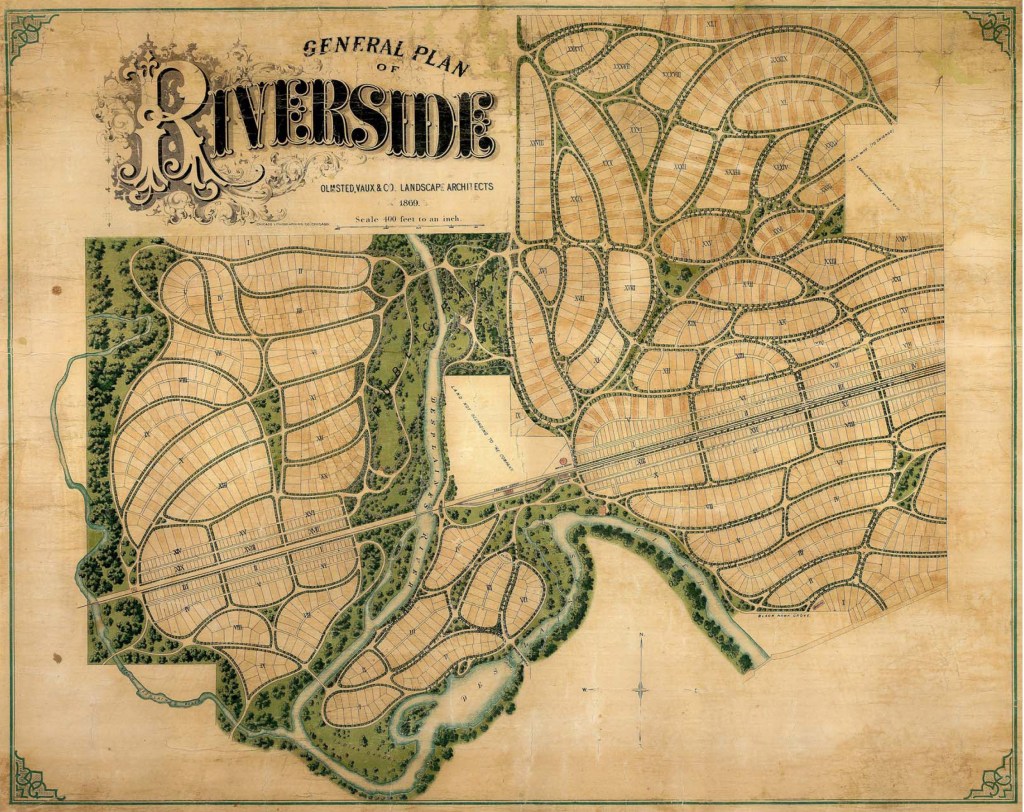
By 1871, Riverside had several larger homes, the water tower, and one of the country’s first multi-shop arcade buildings. There was a church, train depot, and grand hotel. Following the Chicago Fire in October 1871 there was a time of regional financial panic accompanied by frenzied renewed building. In the wake of Riverside Improvement Company going out of business, local Riverside residents came together to see Olmsted and Vaux’s design plan completed and built upon.

Riverside grew slowly in its first decades but by the 1920s and 1930s had doubled and tripled its population of mostly middle class and upper middle Chicago commuters. This bedroom community grew steadily until its peak in 1970 (10,357 residents). Since then, Riverside’s population has dropped slightly and leveled off to a lower growth number so that by 2020 there were nearly 9,300 residents. (See – https://www.census.gov/programs-surveys/decennial-census.html – retrieved 3.3.23)
Since its incorporation as a village in 1875, Riverside also attracted increasing numbers of eminent architects to contribute to the diversity of Riverside’s historic architecture. These include Frank Lloyd Wright (1867-1959), William Le Baron Jenney (1832-1907), Charles Frederick Whittlesey (1867-1941), Joseph Lyman Silsbee (1848-1913), R. Harold Zook (1889-1949), Frederick Clarke Withers (1828-1901), Howard Van Doren Shaw (1869-1926), and William Eugene Drummond (1876-1948). Much of their work remains today evident in scores of historic landmark structures in Riverside.


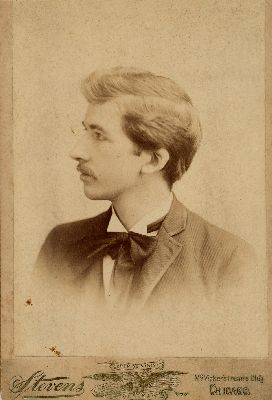

R. Harold Zook (1889-1949). For image, go to – http://www.zookhomeandstudio.org/r-harold-zook.html
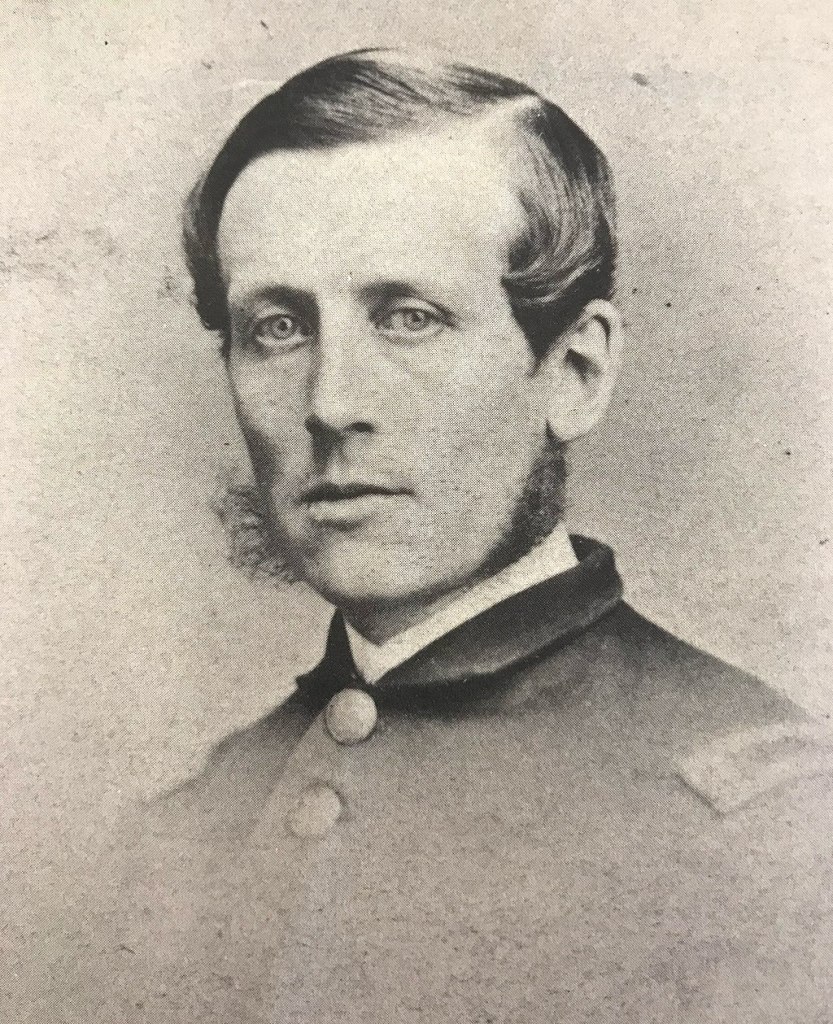
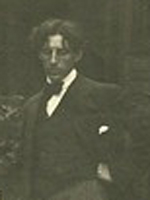


The original Water Tower had a Gothic Revival wooden tank. The tower is accompanied by two round stone well houses built in 1898 and designed by George William Ashby. When the original tank was destroyed by fire in 1913, a steel tank was installed and the tower was raised 20 feet. It was topped by a canopy designed by William Mann.
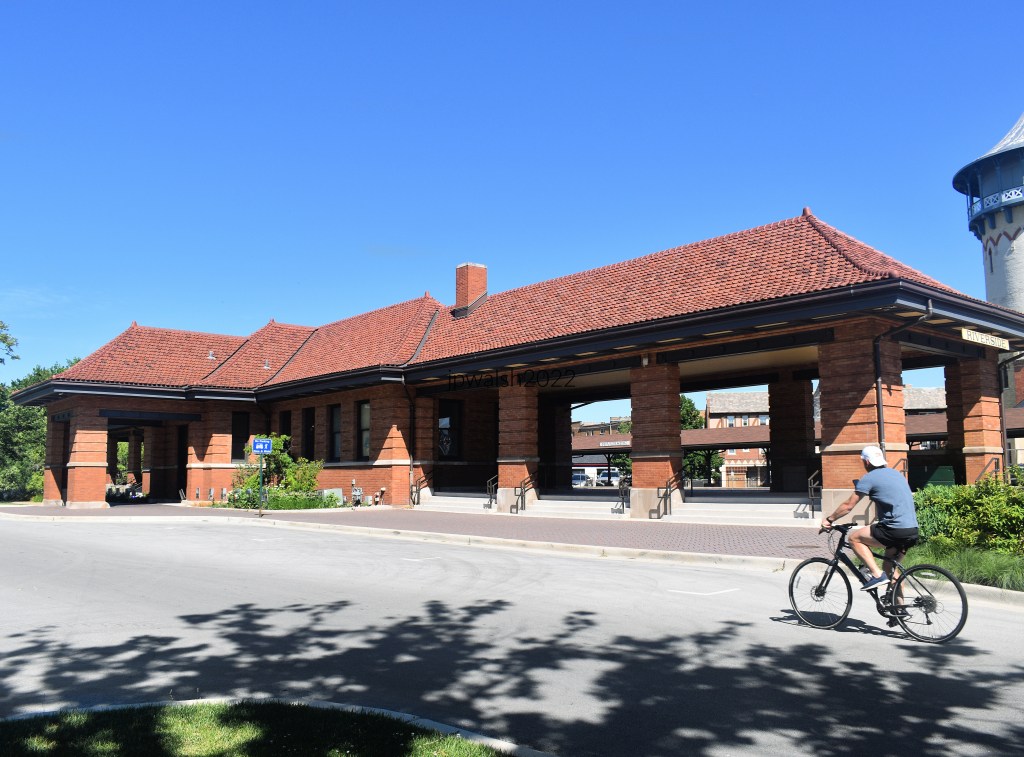
A railroad through Riverside came in 1863, 6 years before the Olmsted/Vaux plan and 12 years before the village’s incorporation. William Le Baron Jenney designed the first depot in 1871. This main depot with open covered extensions on the south side of the tracks was connected by a tunnel to the north platform.

The view above shows the expansive tile roof-covered main entrance. The two large columns with variegated brick gives columns design and texture. There are many windows to allow natural light from its south exposure and a view of the tracks to the north.
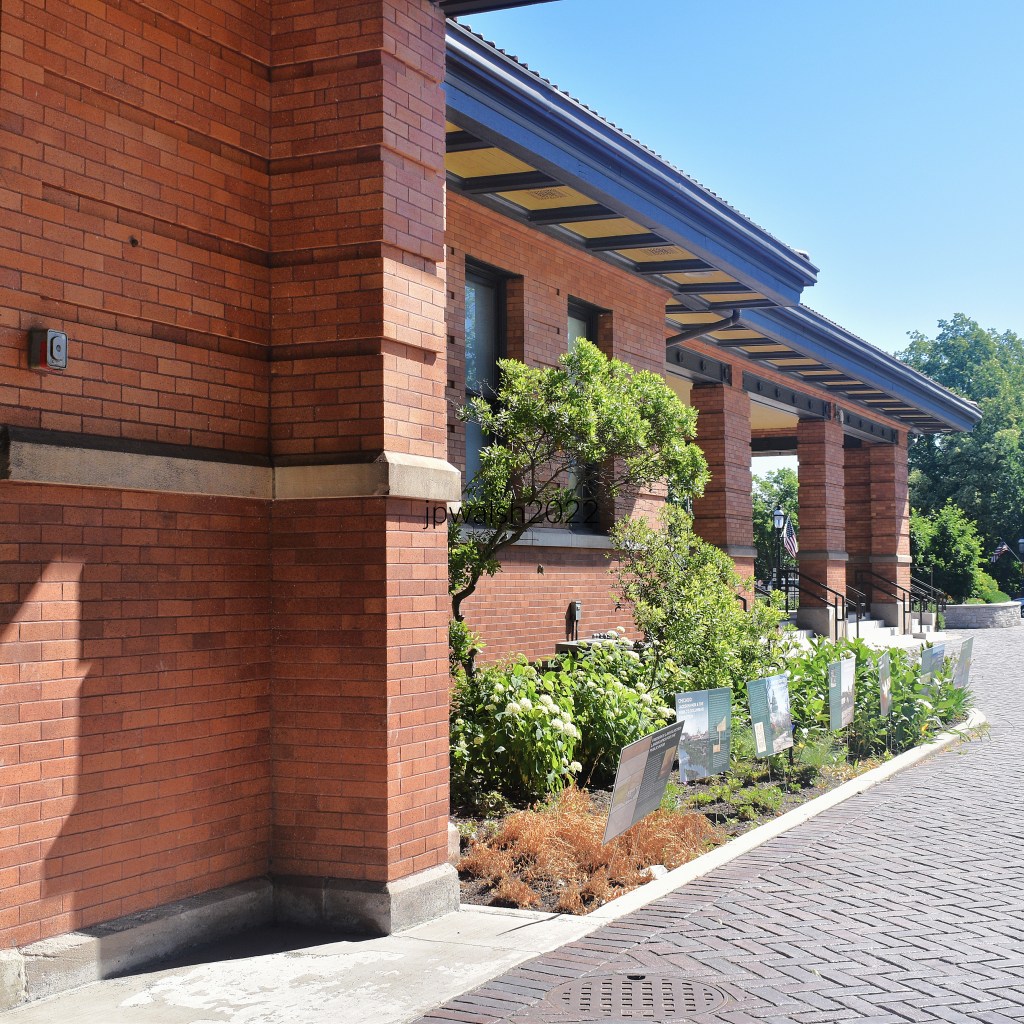
Looking east, the orange-brick-colored main depot has open covered extensions for commuters to be protected from the elements during their wait outdoors for a train connection.
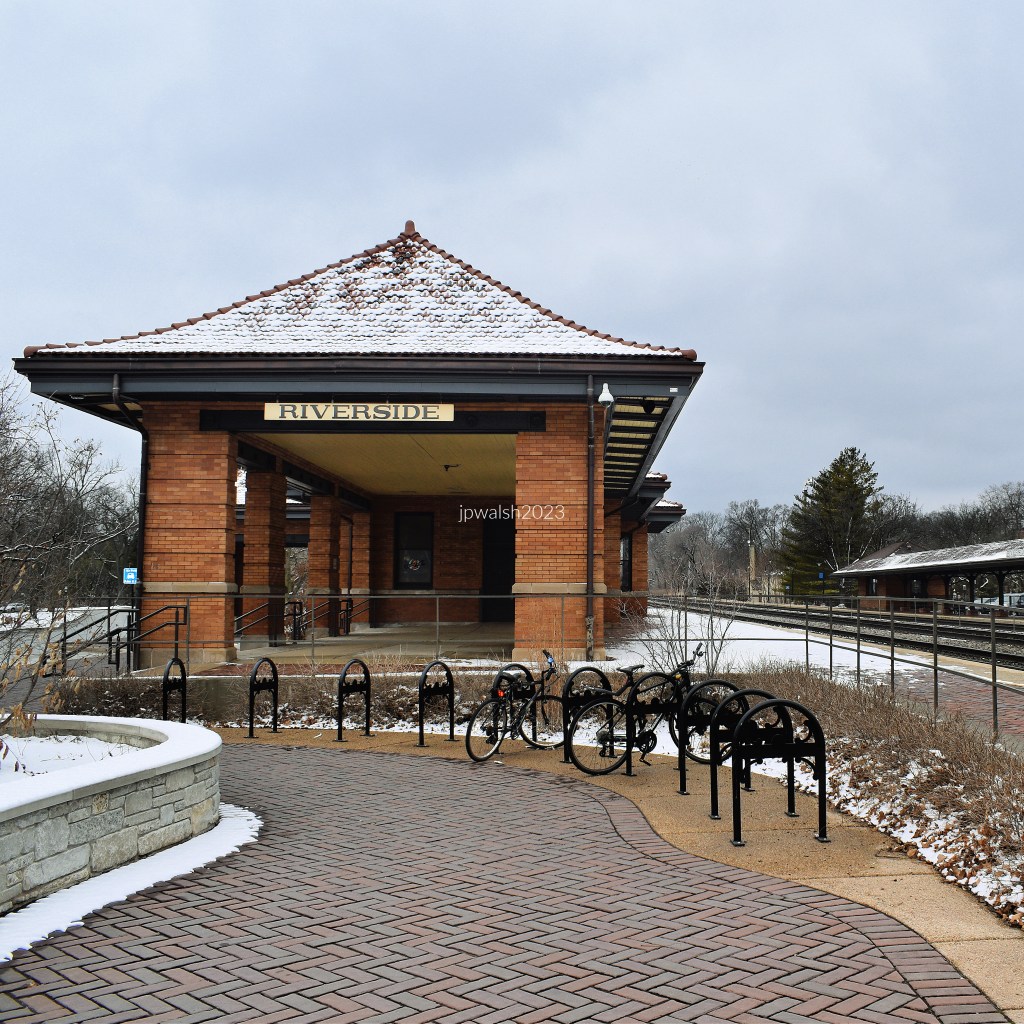
Looking west, a view of the train depot with one of its open covered extensions and peaked snow-covered tile roof. The northern platform is visible across the railroad tracks on the right. Author’s photograph taken in February 2023.



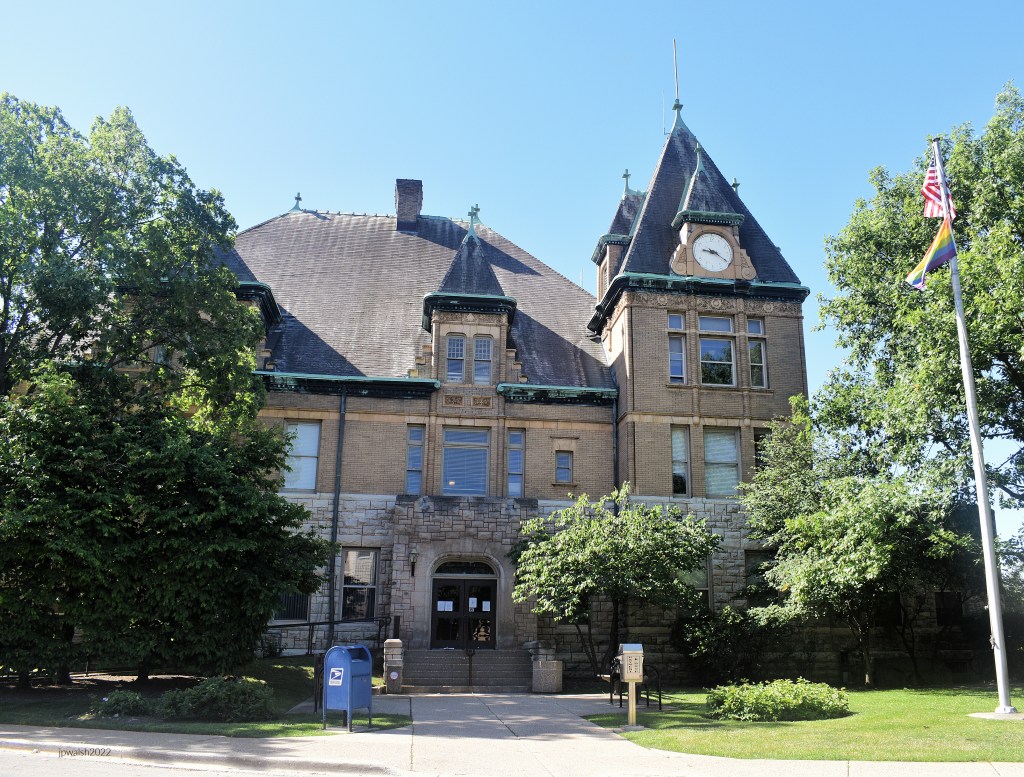
In 1891, the Village of Riverside and Riverside Township reached an agreement so that the village donated the land for a town hall and the township paid for its construction.
In 1893 the township authorized $15,000 for construction (about $500,000 today) and this picturesque and stately building, designed by George Ashby, was completed in 1895. The clock was added to the main tower in 1941.
The building is Richardsonian Romanesque at a time when that style, very popular in the 1880’s, had begun to wane among contemporary architects in preference for the Beaux-Arts.
There is a steeply pitched hipped roof with brick for the top floor and rough faced stone for the ground floor. The turret is polygonal and the windows are of various sizes on all three floors. There are many delicate design elements such as copper cornices, colonettes, stringcourses and dressed stone.

The Arcade Building is the first commercial building built in Riverside following Olmsted and Vaux’s plan and is associated with the village’s original developers, the Riverside Improvement Company.
The Arcade Building – a multi-color brick and limestone building with pointed arches and projecting cornices and stringcourses – is High Victorian Gothic. It was designed by architect Fredrick C. Withers, an associate of Olmsted and Vaux. With its mansard windows between tower pavilions, the simple building references the elaborate and decorative Second Empire architecture.

The church building was designed by Fredrick C. Withers who designed the Arcade Building at around the same time. Like that early commercial building the church is an amalgam of styles and forms, including Gothic Revival and Italianate.
The stone building has a series of pitched gable roofs that cover and form the transepts and chancel. The corner tower rises to a timber belfry with moldings and pointed arch openings whose original manual pull bell as well as modern chimes still mark the hours. Extensions to the left and right are mid-20th century additions done in harmony with the original design.
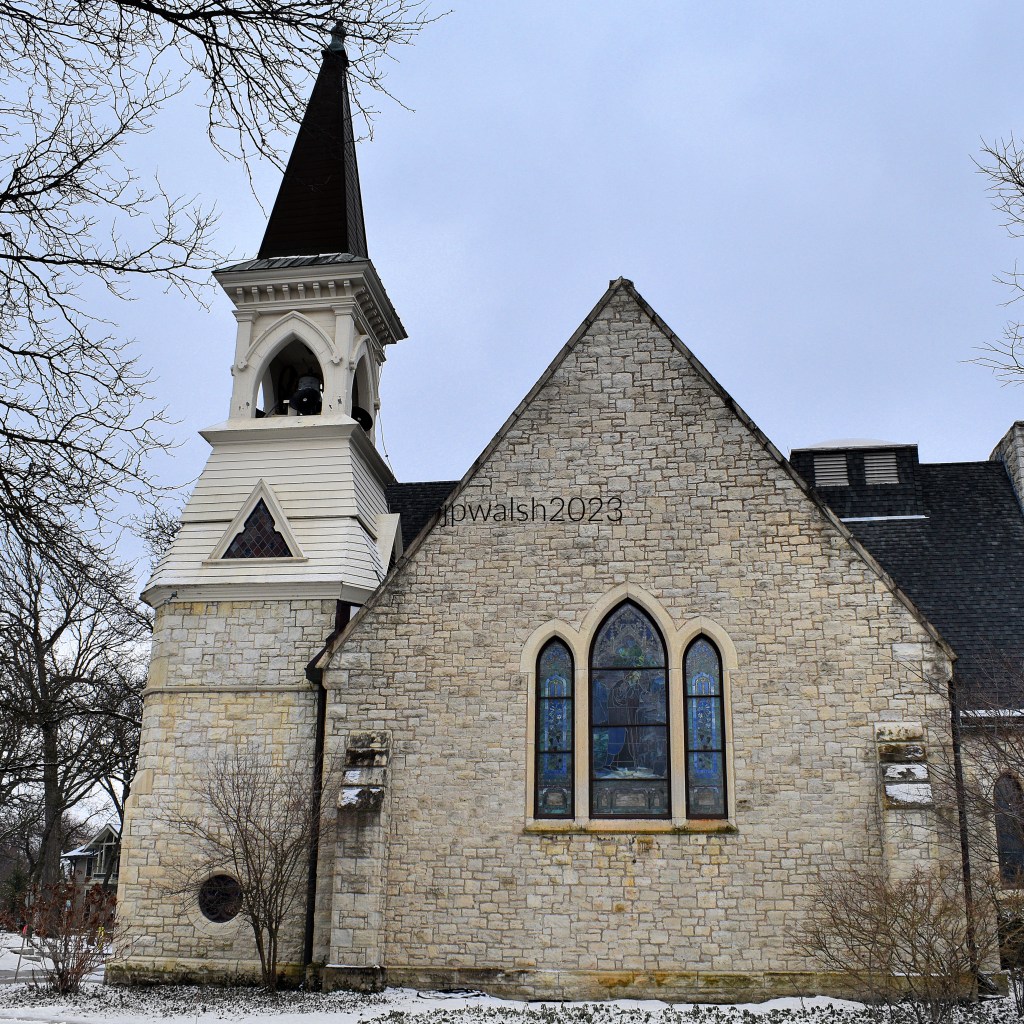

This clapboard Carpenter Gothic style house was designed as a model home for the Riverside Plan by that plan’s designer, Calvert Vaux. It is an example of East Coast architecture transplanted into the heart of the Midwest. The ground floor is higher than the second floor. The low-pitched roof is punctuated by a projecting porch with Gothic Revival carpentry supported by struts and a gabled roof.
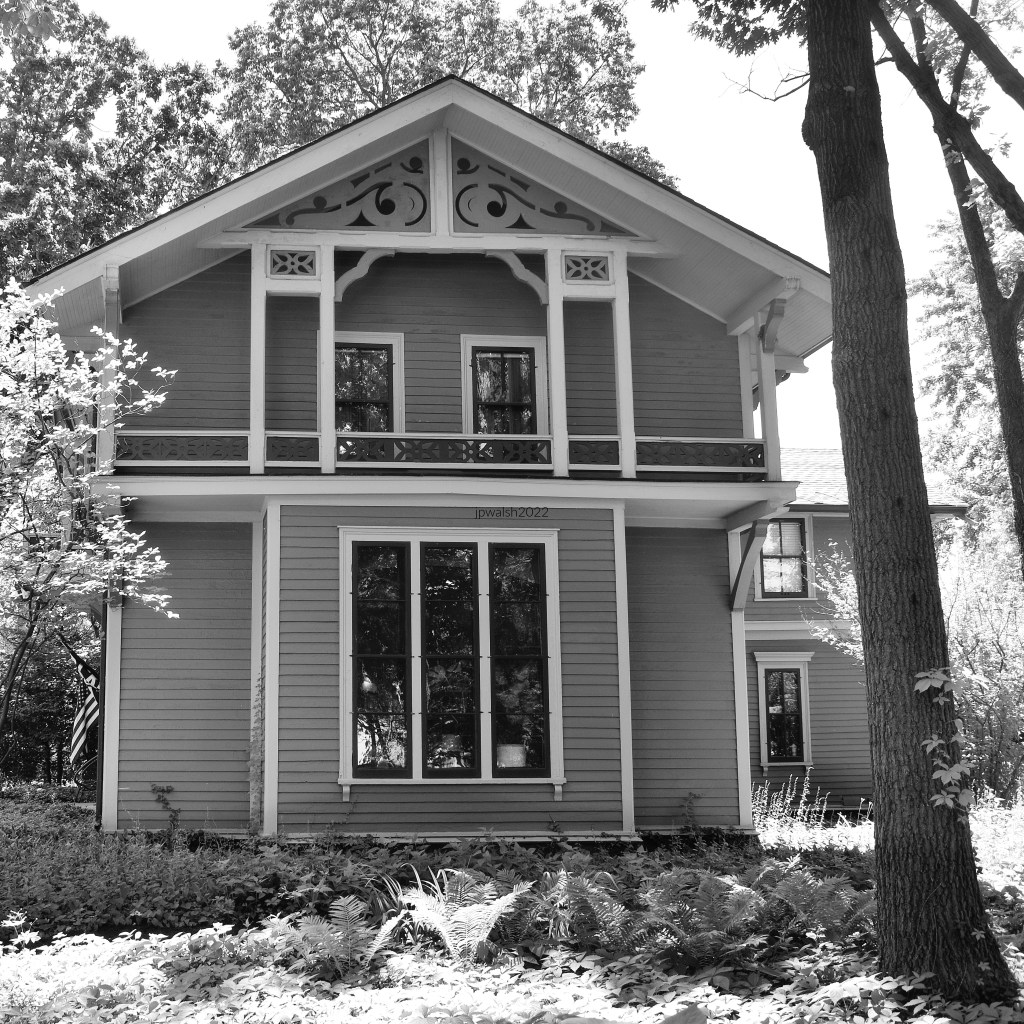
Two other second floor porches are on the short sides of the building extending across that width above a ground-floor projecting bay. The clapboard sheathings are meticulously and variedly cut for decorative effects throughout the building’s exterior.

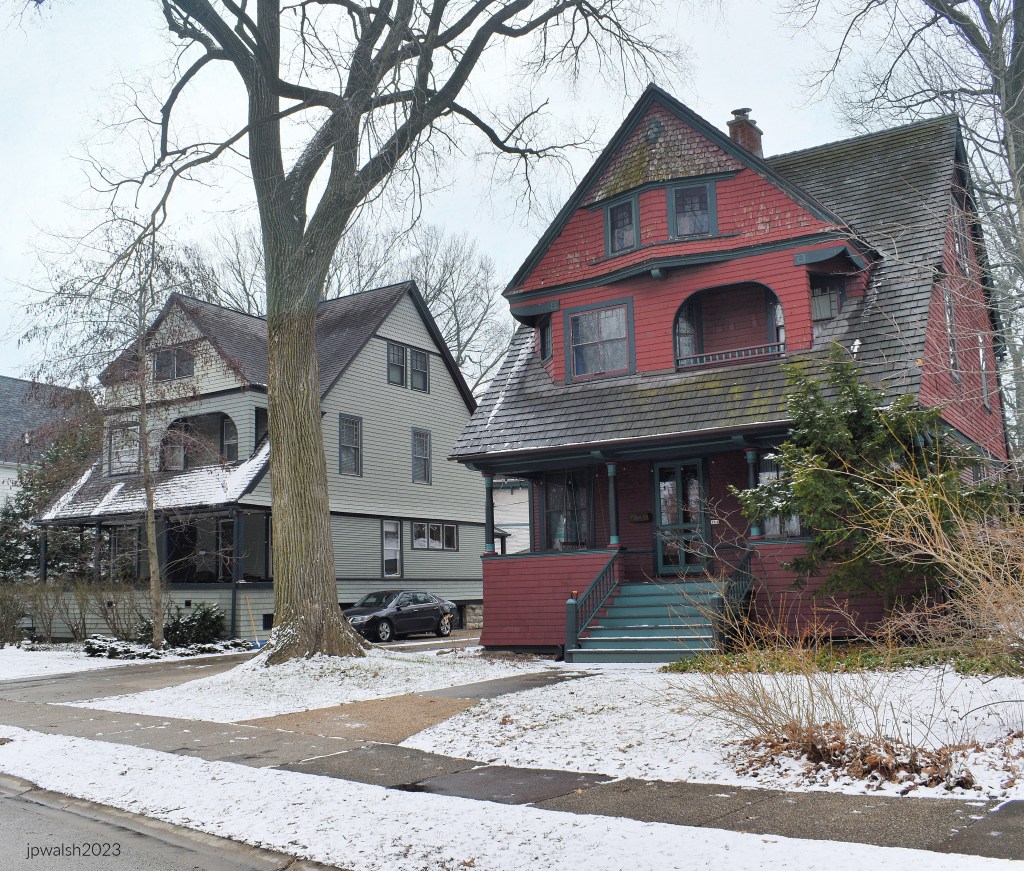
This neighboring pair of Queen Anne style homes are variations of the same building design. The buildings’ design shares a porch across the entire front, arched enclosed second floor porch, and front-facing attic windows. Both share the same kind of clapboard and shingle sheathing.



This house is set back from the road and built in 1869 which was the year that Olmsted and Vaux were commissioned to design the suburb. The Italianate-style house has tall windows and large brackets with feet and shoulders for their jambs and segmental points. The second-floor windows are met by a first-floor transomed window. A steeped pitched roof and complex massing is Gothic Revival. A subdued color palette blends into the natural surroundings. The porch veranda is original.

The above 1870 house is a T-shaped Gothic revival with the stem of the “T” facing the street. The stem is surrounded by a veranda whose porch columns are Italianate with Gothic style “carpenter” capitals. The tall windows and lintels are Italianate. The façade’s windows are under a hood molding and the attic has a small window with a pointed lintel. The T-stem’s pitched roof in the Gothic Revival style is slightly lower than the T-cross’s pitched roof behind it.
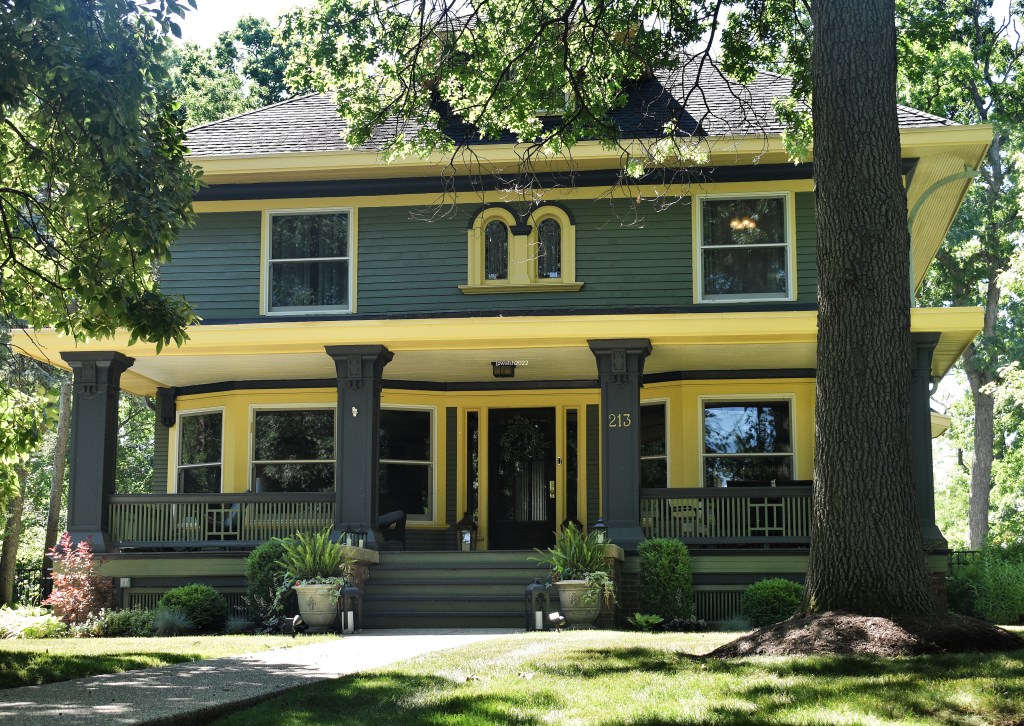
A frame clapboard and shingled 4-square cube from 1905. There is a front porch held up by four huge piers with ornamental moldings that cover expansive first-floor polygonal bay windows. Below the hipped roof are two center windows with round heads. The painted dark green and yellow mix is stately and blends into the nature setting.
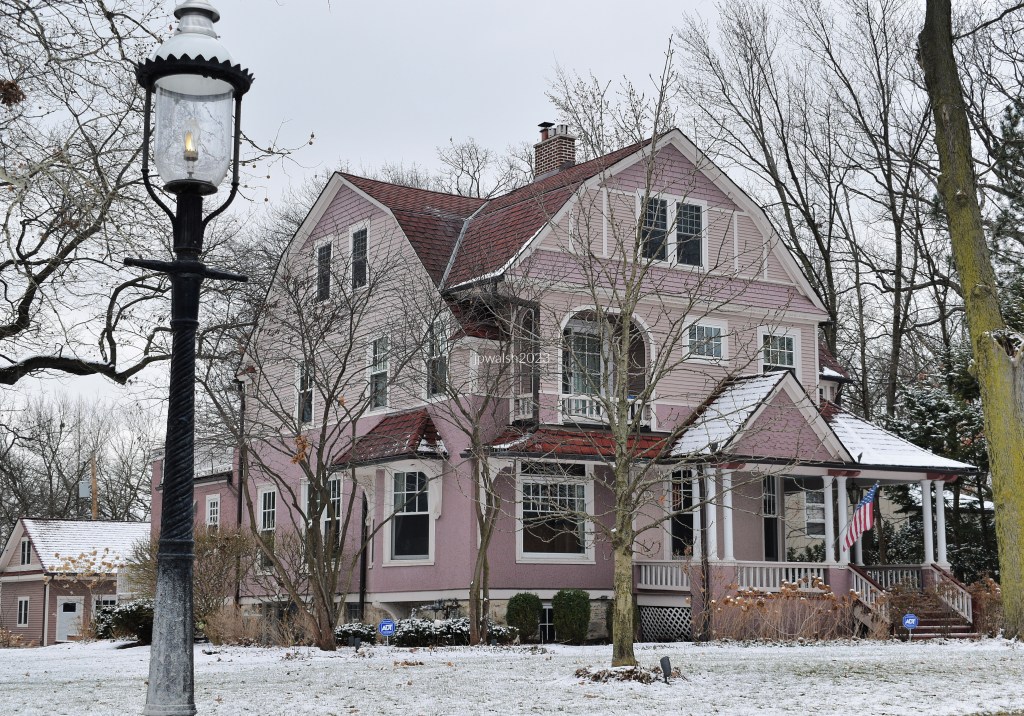
The Queen Anne house from 1890 has a lot of windows. It is a basic cube with a gambrel roof with a wing that also has a gambrel roof. The front porch is covered on one side with a flared roof and on the other side with a pitched gable roof. The second floor has an open porch that looks over the Des Plaines River. The original clapboard and shingles have been covered on the first floor by later stucco.
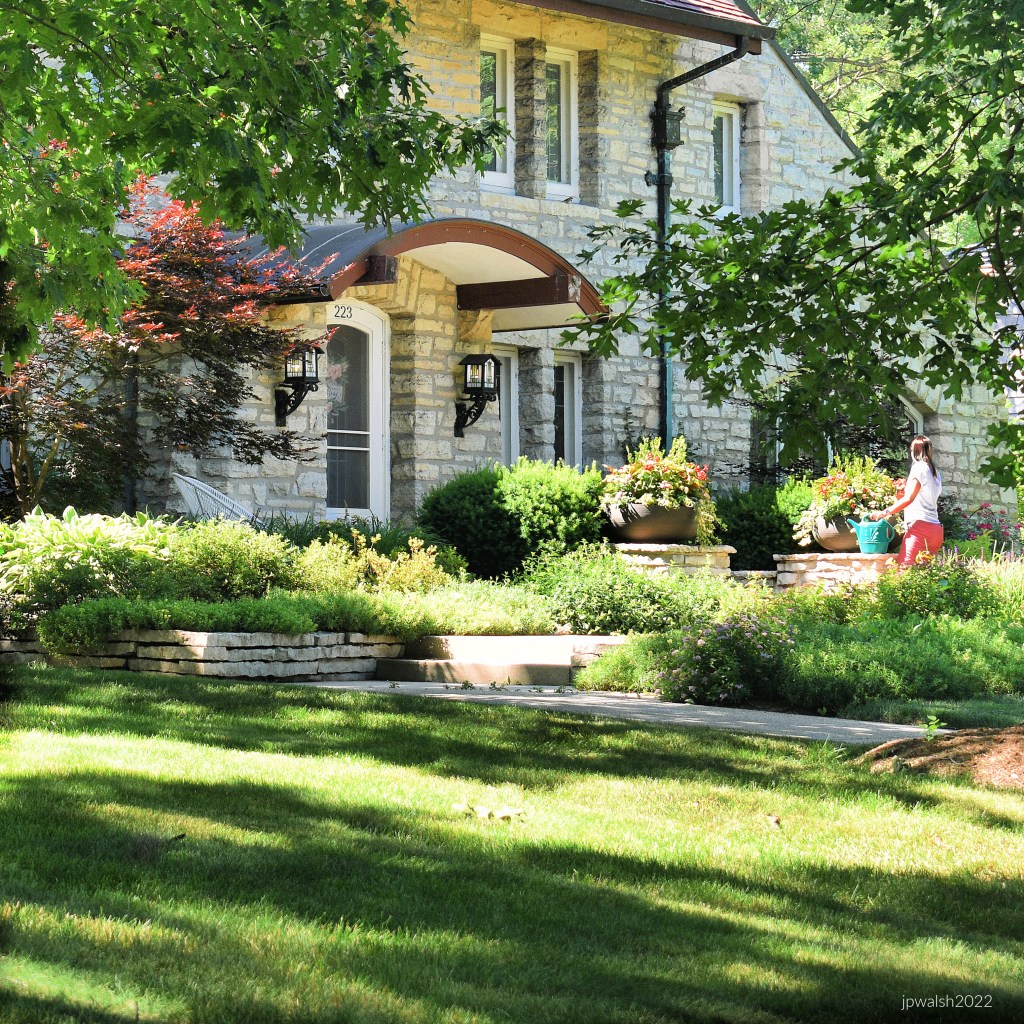

Avery Coonley Estate, 1909, Frank Lloyd Wright.
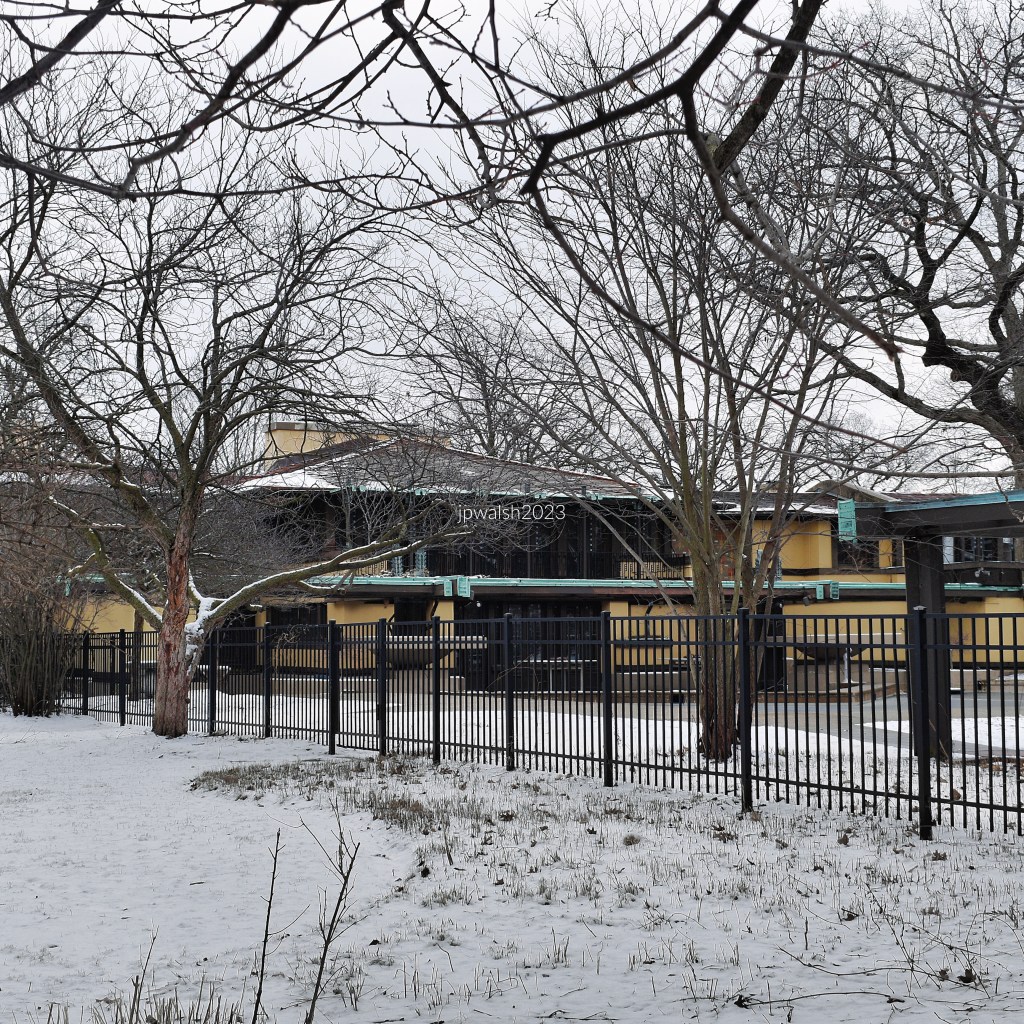
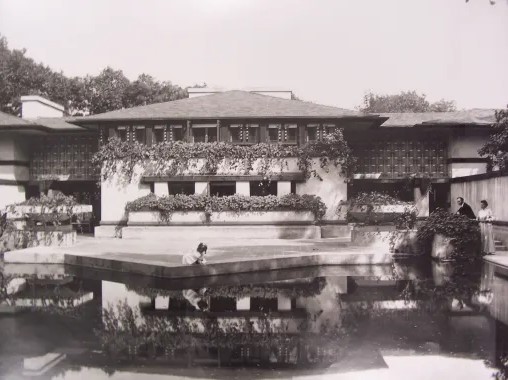

What became the nationally-recognized Avery Coonley School was founded in 1906 to promote the progressive education theories of John Dewey (1859-1952). It was founded as The Cottage School by Queene Ferry Coonley (1874-1958) on her estate in Riverside, Illinois, for her 4-year-old daughter.
The school, which continues to thrive today, has occupied several structures in its history. This included a literal small cottage on the Coonley Estate in Riverside to larger buildings designed by Frank Lloyd Wright in 1909. The school moved to Downers Grove in 1916 and, on a 11-acre campus there designed by landscape architect Jens Jensen (1860-1951), became the Avery Coonley School in 1929.
This section of Wright’s 1909 design is set back well off the street and mostly hidden by trees. Behind an iron fence, it is difficult for the public to perceive the full extent of the estate. Wright’s design begins at the street with a low stone urn.
On June 11, 1978, the courtyard’s swimming pool heater exploded and started a fire. The fire destroyed the main house’s living room and a bedroom. The exterior was later meticulously restored to its original appearance which included the school’s stucco walls, simple board trim and multi-color tile façade, all beneath a broad, tiled, hipped roof. At the time of the restoration the swimming pool was re-converted to its original function as a lily pond.



A free-standing L-shaped domestic structure with a broad hipped roof, the house was added sometime after 1909. Within its setting in the highly-designed suburb of Riverside, this Prairie style house sets a template and direction for much of what would be 20th century suburban development across the country.
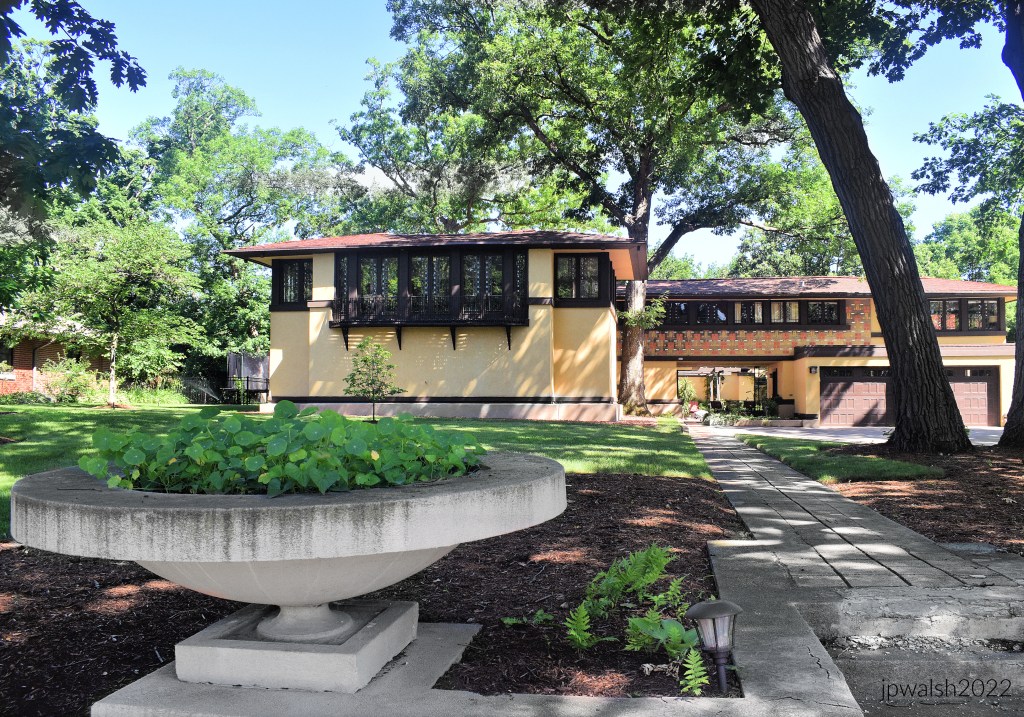
This is the main block of the Avery Coonley estate. The house is the epitome of the Prairie School style of broad horizontals, here using stucco boards, tile and glass beneath a low hipped roof. Wright’s design starts at the street with the low stone urn.


The basic plan of the playhouse is a T-shaped building with the higher T-stem to the street. A simple stucco structure, the playhouse’s flat roof and lower wings provide the broad horizontality of the Prairie style. The flat roof of the T-stem extends over three elongated windows while the lower wings have clerestory windows.
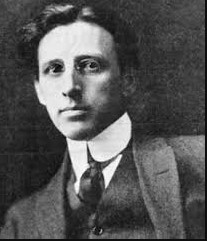

Designed by close associates of Frank Lloyd Wright, Louis Guenzel (1860–1956) and William E. Drummond (1876–1948) were prolific early 20th century architects with commissions in Riverside, Oak Park (Second Presbyterian Church on Washington Blvd. – http://oprfmuseum.org/people/william-drummond), River Forest (River Forest Women’s Club (1913) 526 Ashland Avenue https://www.flickr.com/photos/chicagogeek/4643500319,), and Wilmette (Ralph S. Baker House, 1226 Ashland Avenue, https://www.loc.gov/item/il0259/).
Drummond began his career working for architect Louis Sullivan (1856-1924). Later, working for Frank Lloyd Wright, Drummond became the chief draftsman for many of Wright’s well-known commissions. In 1912 Drummond went into partnership with Louis Guenzel who had been a draftsman for Dankmar Adler (1844-1900) and Louis Sullivan (1856-1924).
The house is a one story hipped roofed cube or block with a broad brow of stucco soffits with eaves. The original casement windows include three in the front for the living room with geometric Prairie patterns. The lower portion of the façade is board siding and the top section is stucco.

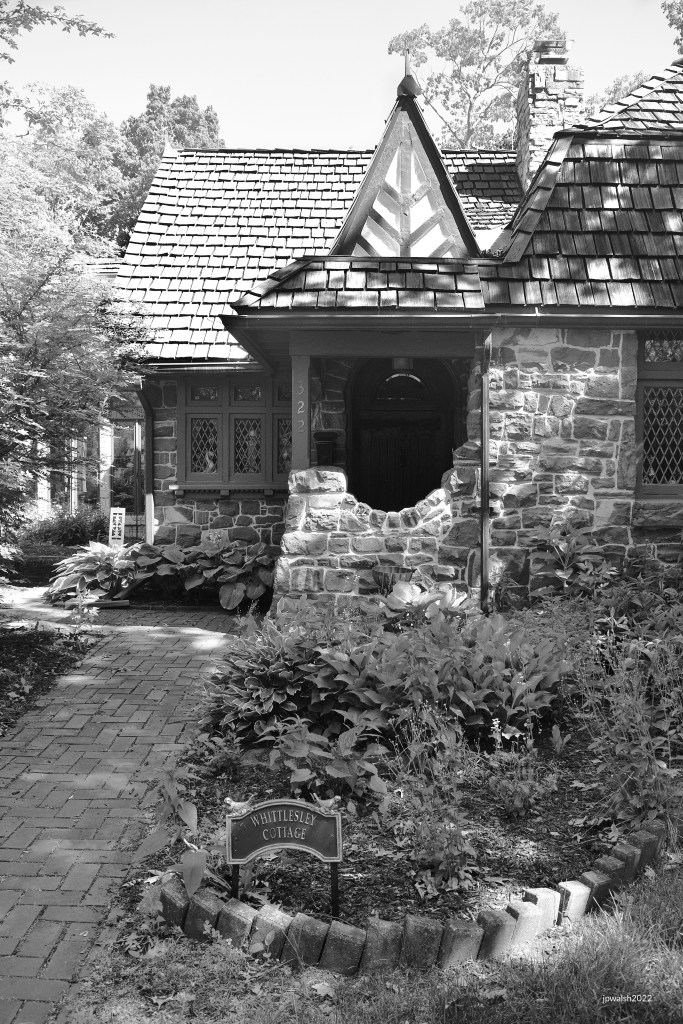
The simple stone house in an English country cottage style was built in 1897. It has diamond-patterned casement windows and a single half-timbered gable poking out of a gambrel roof. The timber entrance porch that abuts stone achieves an overall craftsman effect.

Attributed to William LeBaron Jenney, the house is an early building in Riverside. It is a fusion of two styles – the Stick Style and Gothic Revival. The carpentry is solidly masterful. The roof has a low pitch and is punctuated with a massive chimney, dormers and gables with filets, spars and kingposts. The spurs or brackets supporting the overhanging eaves rest on boards intersecting with the clapboard. There is a broad veranda with turned posts supporting a lintel that supports small pointed arches with struts. The porch railing has tightly aligned balusters extending to a below-porch skirt with complementary cut-out patterns. The veranda roof extends over the angled main entrance to become a porte-cochère for the driveway.

In the Gothic Revival style, the design and board-and-batten construction of the house is grand and appealing. With steeply pitched roofs, there are several gabled wings of varying distances and directional faces from the building’s core. Windows include long tabernacle windows and others with more elaborate extending jerkinhead roofs that are supported by boards incised with decorative cuts. There are pointed head windows on the second floor over the main entrance while the veranda stretches across two sides of the house supported by slope cut square posts with milled brackets. These and other rare trim and other details, including two massive chimneys, have survived in this house that is today over 150 years old.
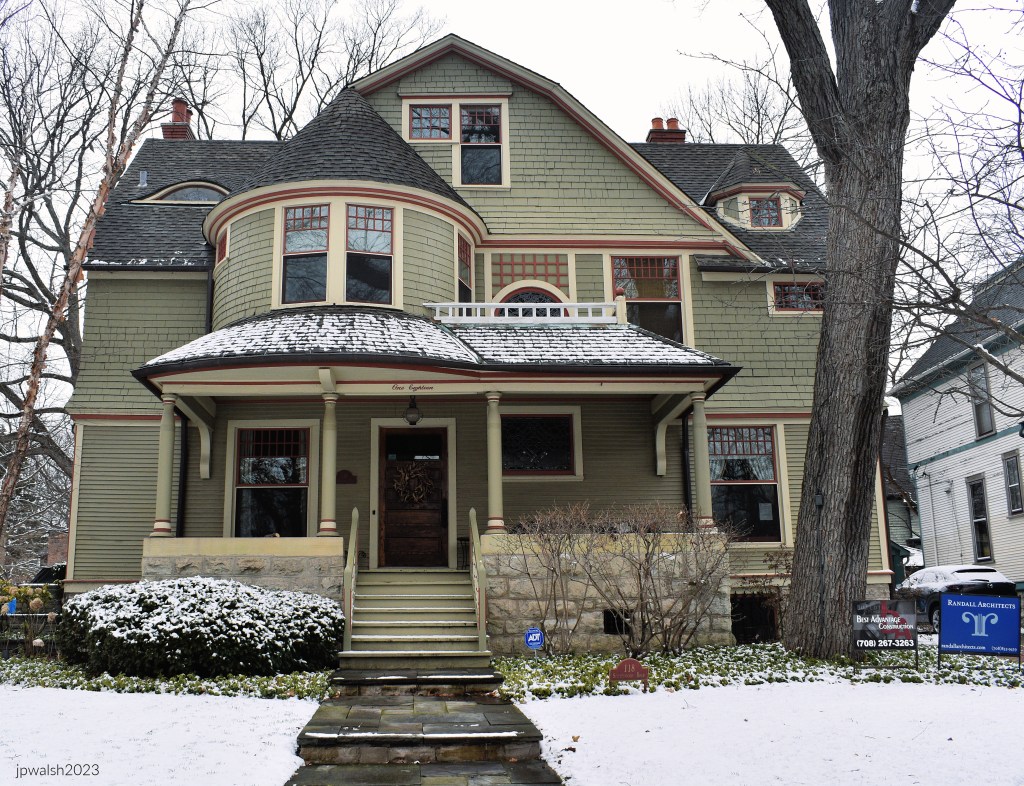
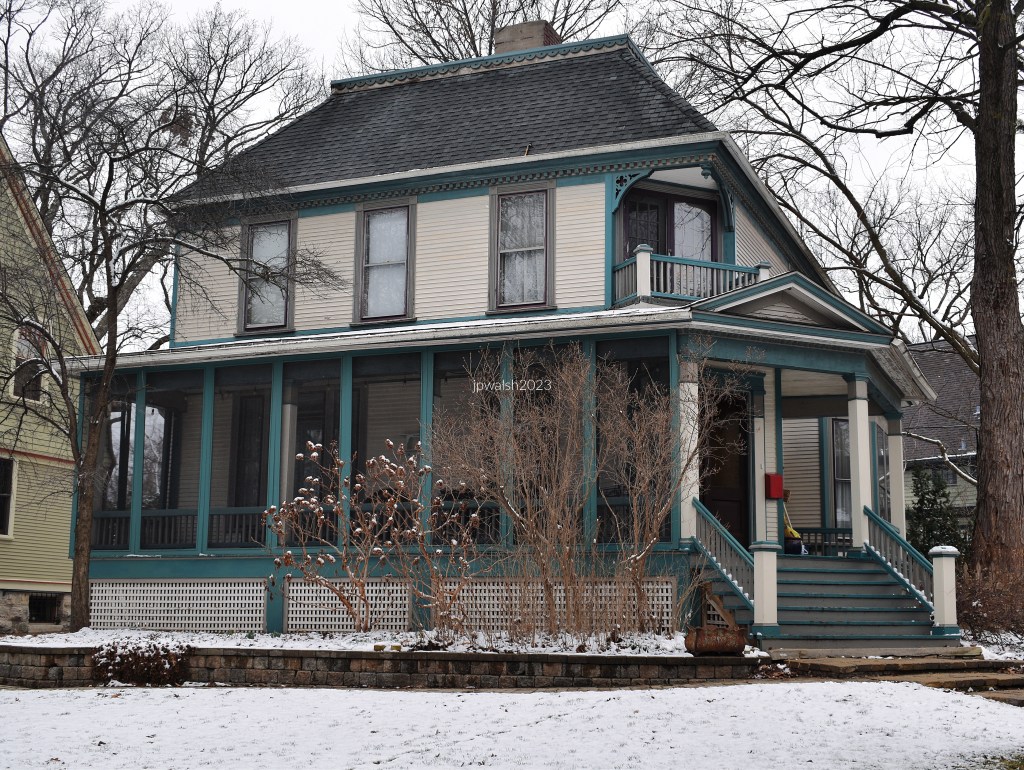

SOURCES:
A Guide to Chicago’s Historic Suburbs on Wheels and on Foot, Ira J. Bach, Swallow Press/Ohio University Press, 1981, pp. 664-679.
https://unm-digital-futures.github.io/digital-history-review/essays/whittlesey-house.html
https://www.census.gov/programs-surveys/decennial-census.html – retrieved 3.3.23)
https://www.riverside.il.us/193/Scout-Cabin-Parks-Rental-information
https://www.quincystreetdistillery.com/bourbon-spring-2/
https://www.averycoonley.org/our-school/at-a-glance
https://en.wikipedia.org/wiki/Avery_Coonley_School
https://igrewupinriversideillinois.blogspot.com/2019/06/a-bit-of-history-regarding-riversides.html






